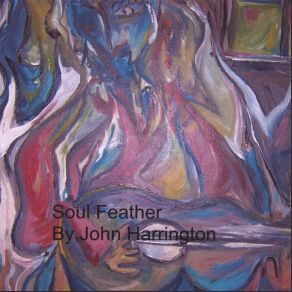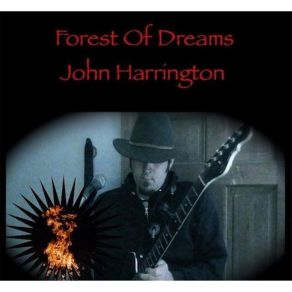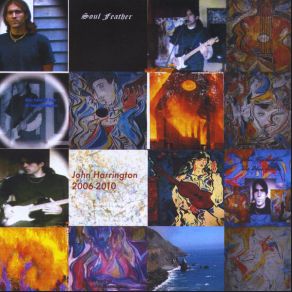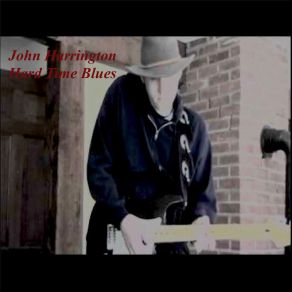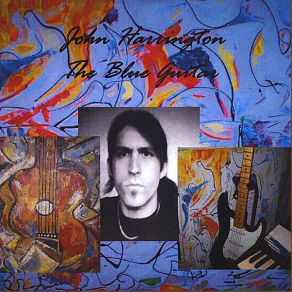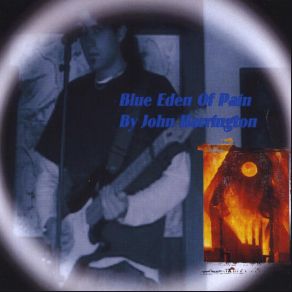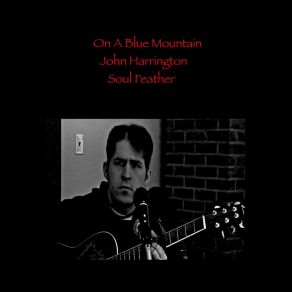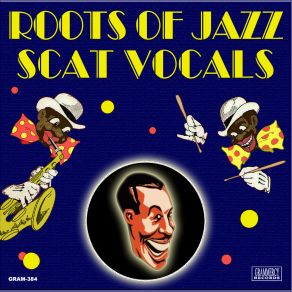John Harrington
Wikimp3 information about the music of John Harrington. On our website we have 14 albums and 2 collections of artist John Harrington. You can find useful information and download songs of this artist. We also know that John Harrington represents Rock genres.
Biography
[Edit]While there are dozens of jazz saxophonists who might claim to be "a mile high," John Harrington and his fellow saxophone-honking brother, Seaton Harrington, actually came from Denver, nestled a mile high in the carpet of plains leading to the Rocky Mountains. Following professional careers which in John's case included a long stint with the wonderful Andy Kirk band, documented on dozens of recordings, the brothers came back to their native Denver and heartily gave back to the jazz scene in the form of their own nightspot devoted to live music. While it might be assumed that Denver is more about cowboy hats and wealthy mining speculators than jazz, there has always been swinging music, often within sniffing distance of the city's horrid stockyards. John Harrington's first professional stint was in a band under the direction of the interesting violinist George Morrison, lasting about two years beginning in 1927. He was then briefly with Terence Holder, but by 1929 was snuggly seated in the reed section of the Andy Kirk band, enjoying the groovy rhythm section featuring pianist Mary Lou Williams and superb bassist Booker Collins. Getting to that spot had simply involved following Kirk's trail. Like Harrington, he had been in Morrison's band. It had been the professional beginning for Kirk as well, holding down the bass sax and tuba end of things, but it had taken place a generation before Harrington came along. The saxophonist was only eight years old when Kirk was playing with Morrison, and just beginning to enjoy his puberty when Kirk put the Rockies to his back and headed to Dallas to join up with Holder, who was leading a Texas territorial band called the Dark Clouds of Joy. This was where Harrington would finally catch up with Kirk and it is more importantly where the latter player's enterprising talents as an organizer and leader began coming to the fore. Kirk, more interested in running the show then playing a lot of horn, took control of the band itself when Holder wanted out, glueing his name in front and both lightning the tone and the clouds to come up with Twelve Clouds of Joy. Later, the group's name was shortened to just plain Clouds of Joy, perhaps to make things more flexible if an additional musician was hired, or several left by the side of the road. This band was pretty much where Harrington could be found for the next 15 years, excluding a period when he was out of the picture, having received some kind of a whomp on the jaw that prevented him from establishing a decent embouchure on his horns. (Or in layperson's terms, the way a player's mouth is trained to play a wind instrument.) Family members were told a sanitized story of some sort about the accident, but there was, of course, speculation. Emily Harrington, one of the matriarchs of the family and as prim and proper a lady as they come, didn't approve of the musicians in the family anyway. In reality, the Kirk band, despite its band names evoking flights of rapture above the Earth, was a disciplined and serious group. Although hardly choir boys, or choir girls in the case of Williams, the band was known as a place to work hard on music and thus attracted some serious players such as violinist Claude Williams, tenor saxophonist Dick Wilson, the early electric guitarist Floyd Smith, tenor saxophone monsters Don Byas and Jimmy Forrest, superb trumpeters Howard McGhee and Fats Navarro, as well as Charlie Parker himself, although if a listener had gone to the toilet they might have missed his brief period with the band. It was certainly a band with a sense of humour and an appetite, judging from the nicknames of some of the participants. At one time, Harrington was holding forth in the company of both trumpeter Edgar "Puddinghead" Battle and trombonist Ted "Muttonleg" Donnelly. Whatever it was they were chewing on, the group was coming up with important music. A recording such as "Moten Swing" not only came directly out of the Kansas City roots, but chooses to emphasize the modernistic aspects of these jazz traditions in the arrangement, such as not stating the theme until the final chorus. Harrington gets a nice clarinet solo on this number, with a tasty bite of Muttonleg Donnelly included as well. "Until the Real Thing Comes Along" was the first pop hit for the Kirk outfit, a big record indeed in 1936 and leading to many regular engagements in New York City. After finally leaving Kirk in the mid-'40s, Harrington was heard alongside the tenor saxophonist Skippy Williams, and joined the band of classic Kansas City pianist Claude Hopkins in 1946. Psychologically, he was already working his way back West and indeed, he had returned to Denver, his brother, and the new club by the end of that year. An actor of the same name who appeared as a character actor in films of the '30s, such as Mutiny on the Bounty, is not the same person. The actor died in Philadelphia in the late '80s and this date is sometimes given as a date of death for the musician Harrington.
Title: Acoustic Songs
Artist: John Harrington
Genre: Rock, Punk Rock, Alternative, Songwriter/Lyricist
Title: Dreams for Weary Heartache
Artist: John Harrington
Genre: Rock, Alternative, Songwriter/Lyricist
Title: On a Blue Mountain
Artist: John Harrington
Genre: Rock, Punk Rock, Alternative, Songwriter/Lyricist
Collections
Title: Roots Of Jazz Scat Vocals (Digitally Remastered)
Genre: Jazz
